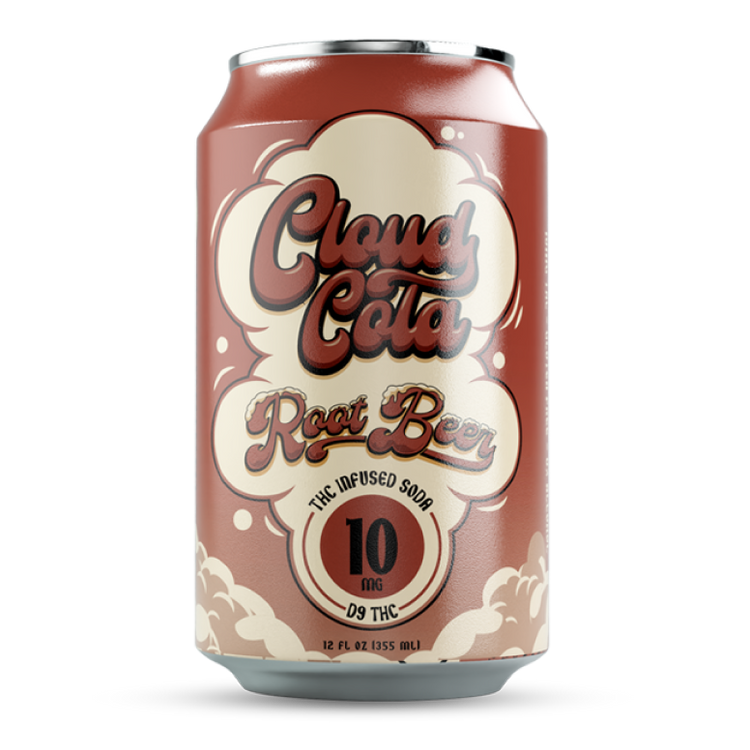Is Liquid THC Strong?
Potency of Liquid THC
Liquid THC, often found in vape cartridges or tinctures, has become increasingly popular for its perceived fast-acting and discreet nature. However, understanding its potency and how it compares to other forms of cannabis can be crucial for safe and enjoyable use.
Factors Affecting Strength

Liquid THC can indeed be strong, with varying potency levels depending on several factors. Unlike dried flower where THC content is standardized based on weight, liquid THC concentration is expressed as a percentage of total cannabinoids (often abbreviated as “THC-%”). This means that the strength of a given dose can fluctuate significantly.
- Extraction method: Different methods like CO2 extraction tend to yield more concentrated extracts with higher THC percentages than traditional solvent-based methods.
- Plant Strain: Certain cannabis strains naturally have higher THC levels than others. The specific strain used in the liquid THC will directly influence its potency.
- Additives and Carrier Oils: Some liquid THC products may include additives or carrier oils that dilute the concentration of active THC, while others might contain other cannabinoids like CBD, which can modulate the overall effects.
- Manufacturing Process: Variations in manufacturing processes can lead to differences in purity and final THC content.
Concentration Measurement (mg/mL)
To accurately gauge the strength of liquid THC, it’s crucial to look beyond THC-% and consider the concentration measurement, typically expressed as milligrams of THC per milliliter (mg/mL). This provides a more precise understanding of how much THC is present in each dose. For example, a product with 100 mg/mL will be significantly stronger than one with 50 mg/mL.
Comparing to Other Consumption Methods
When compared to other consumption methods, liquid THC can offer both advantages and considerations regarding potency. Inhaling vaporized liquid THC allows for rapid absorption into the bloodstream, leading to faster onset effects compared to edibles or smoking dried flower. However, the fast-acting nature also means that dosing needs to be more precise, as it’s easier to accidentally consume too much.
Smoking dried flower typically results in a slower and less intense high compared to liquid THC. The potency of smoked cannabis is influenced by factors like strain, bud density, and the user’s technique, but it often provides a more gradual and extended effect. Edibles, on the other hand, can have delayed onset times (up to several hours) and unpredictable effects due to individual metabolism and absorption rates. While edibles might offer long-lasting effects, their potency can be difficult to gauge accurately.
Effects of Liquid THC
Liquid THC can indeed be strong, with varying potency levels depending on several factors.
Unlike dried flower where THC content is standardized based on weight, liquid THC concentration is expressed as a percentage of total cannabinoids (often abbreviated as “THC-%”). This means that the strength of a given dose can fluctuate significantly.
Onset and Duration
Liquid THC’s effects vary depending on factors like dosage, individual metabolism, and product potency. Onset is typically rapid when inhaled, with effects noticeable within minutes. Duration can range from 2 to 4 hours.

The perceived strength of liquid THC comes from its fast-acting nature and high potency. Users report feeling intense psychoactive effects, including euphoria, relaxation, altered perception, and heightened senses. However, it’s crucial to start with low doses and gradually increase as needed, as liquid THC can be easy to overconsume.
Potential side effects of using liquid THC can include anxiety, paranoia, dry mouth, red eyes, increased heart rate, and impaired coordination. It’s important to use responsibly and in a safe environment.
Subjective Experiences
Liquid THC can indeed be strong, with varying potency levels depending on several factors. Unlike dried flower where THC content is standardized based on weight, liquid THC concentration is expressed as a percentage of total cannabinoids (often abbreviated as “THC-%”). This means that the strength of a given dose can fluctuate significantly.
Several factors influence the potency of liquid THC:
* **Extraction method:** Different methods like CO2 extraction tend to yield more concentrated extracts with higher THC percentages than traditional solvent-based methods.
* **Plant Strain:** Certain cannabis strains naturally have higher THC levels than others. The specific strain used in the liquid THC will directly influence its potency.

* **Additives and Carrier Oils:** Some liquid THC products may include additives or carrier oils that dilute the concentration of active THC, while others might contain other cannabinoids like CBD, which can modulate the overall effects.
* **Manufacturing Process:** Variations in manufacturing processes can lead to differences in purity and final THC content.
To accurately gauge the strength of liquid THC, it’s crucial to look beyond THC-% and consider the concentration measurement, typically expressed as milligrams of THC per milliliter (mg/mL). This provides a more precise understanding of how much THC is present in each dose. For example, a product with 100 mg/mL will be significantly stronger than one with 50 mg/mL.
When compared to other consumption methods, liquid THC can offer both advantages and considerations regarding potency. Inhaling vaporized liquid THC allows for rapid absorption into the bloodstream, leading to faster onset effects compared to edibles or smoking dried flower. However, the fast-acting nature also means that dosing needs to be more precise, as it’s easier to accidentally consume too much.
Smoking dried flower typically results in a slower and less intense high compared to liquid THC. The potency of smoked cannabis is influenced by factors like strain, bud density, and the user’s technique, but it often provides a more gradual and extended effect. Edibles, on the other hand, can have delayed onset times (up to several hours) and unpredictable effects due to individual metabolism and absorption rates. While edibles might offer long-lasting effects, their potency can be difficult to gauge accurately.
Liquid THC’s effects vary depending on factors like dosage, individual metabolism, and product potency. Onset is typically rapid when inhaled, with effects noticeable within minutes. Duration can range from 2 to 4 hours.
The perceived strength of liquid THC comes from its fast-acting nature and high potency. Users report feeling intense psychoactive effects, including euphoria, relaxation, altered perception, and heightened senses. However, it’s crucial to start with low doses and gradually increase as needed, as liquid THC can be easy to overconsume.
Potential side effects of using liquid THC can include anxiety, paranoia, dry mouth, red eyes, increased heart rate, and impaired coordination. It’s important to use responsibly and in a safe environment.
Risks and Considerations
Liquid THC, often found in vape cartridges or tinctures, has gained popularity for its rapid onset and discreet nature. However, understanding its potency is crucial for safe and enjoyable use.
Overconsumption
The potent nature of liquid THC stems from its rapid absorption into the bloodstream when inhaled. This allows for a quick onset of effects, often within minutes.
Overconsumption can lead to an amplified experience that may include heightened anxiety, paranoia, and dizziness. Starting with low doses and gradually increasing as needed is essential to manage the intensity of the effects.
Interactions with Medications
Liquid THC’s potency can interact with certain medications. It’s crucial to consult with a healthcare professional before using liquid THC if you are taking any medications, especially those that affect the central nervous system, such as:
• Antidepressants: Liquid THC may enhance or diminish the effects of antidepressants, potentially leading to mood swings or an increased risk of serotonin syndrome.
• Anxiolytics (anti-anxiety medications): Combining liquid THC with anxiolytic medications could lead to excessive sedation or respiratory depression.
• Blood thinners: Liquid THC may increase the risk of bleeding in individuals taking blood thinners.
• Anticonvulsants: Liquid THC can interact with anticonvulsant medications, potentially reducing their effectiveness.
It’s important to remember that drug interactions can vary depending on individual factors and specific medications involved.
Always prioritize your safety and consult with a healthcare professional for personalized advice regarding potential interactions between liquid THC and your medications.
Legal Status
Liquid THC, due to its rapid absorption rate and high potency, carries certain risks if not used responsibly. While generally considered safe when used in moderation, potential adverse effects include anxiety, paranoia, dry mouth, red eyes, increased heart rate, and impaired coordination. It’s crucial to start with low doses and gradually increase as needed to gauge individual tolerance and avoid overconsumption.
Furthermore, liquid THC can interact with certain medications, potentially leading to unpredictable side effects or reduced efficacy of the medication. Consulting a healthcare professional before using liquid THC, especially if taking any medications, is highly recommended to ensure safety and minimize potential risks.
The legal status of liquid THC varies significantly depending on location. In some regions, it’s fully legalized for both recreational and medical use, while in others, it remains illegal or has restrictions.
It’s essential to understand the specific laws and regulations regarding liquid THC in your area to ensure compliance and avoid legal repercussions.
Premium Cloud Cola weed-infused soda available
Get the full lowdown here
Get the whole story now
- Why Has My Lip Filler Disappeared - November 4, 2025
- What Is The Function Of The Preauricular Gland? - November 3, 2025
- What Are The Best Flavours Of CBD Gummy Sweets - November 1, 2025
